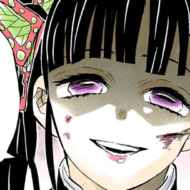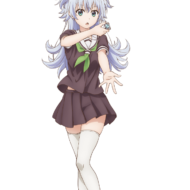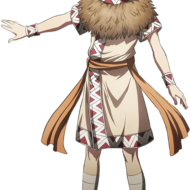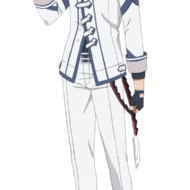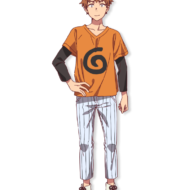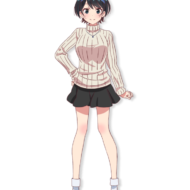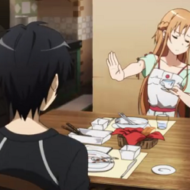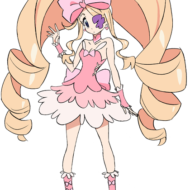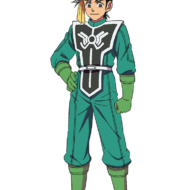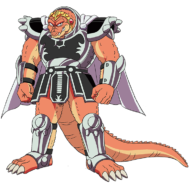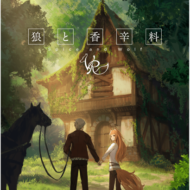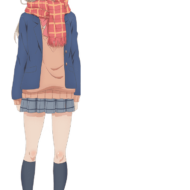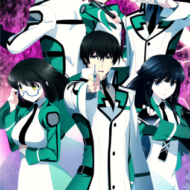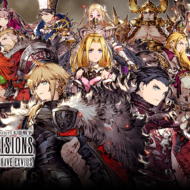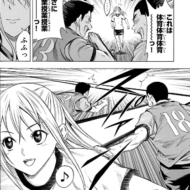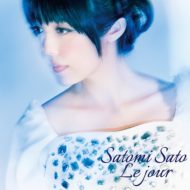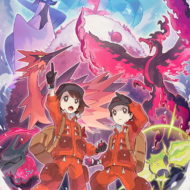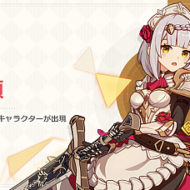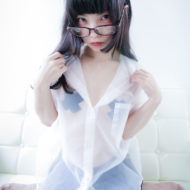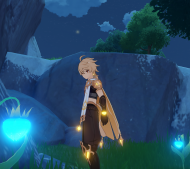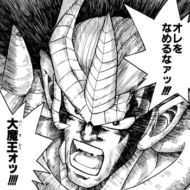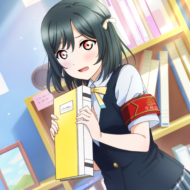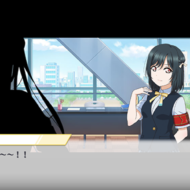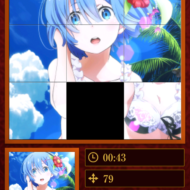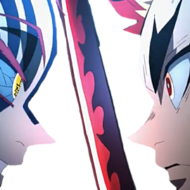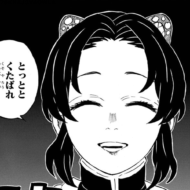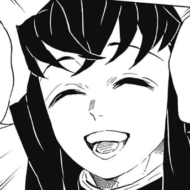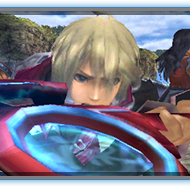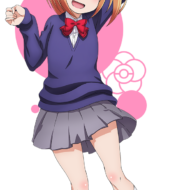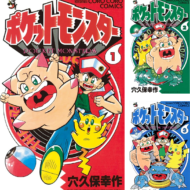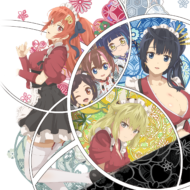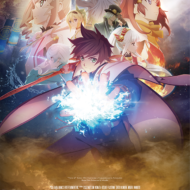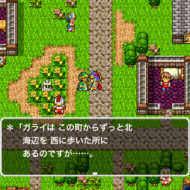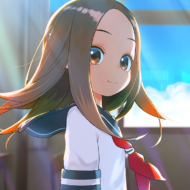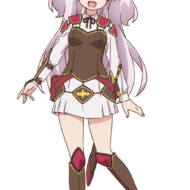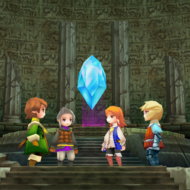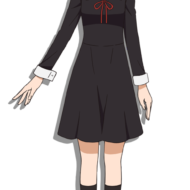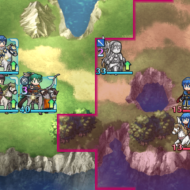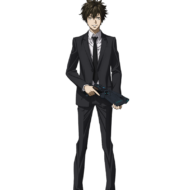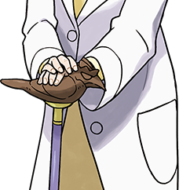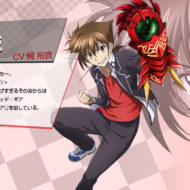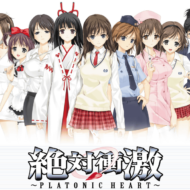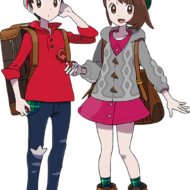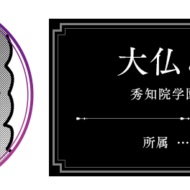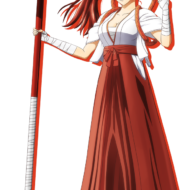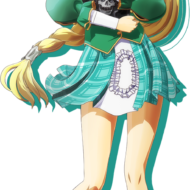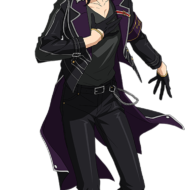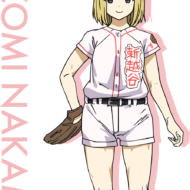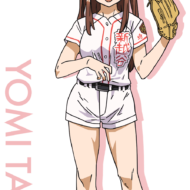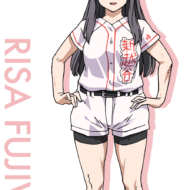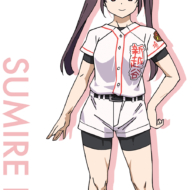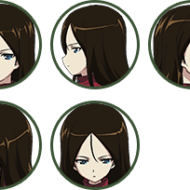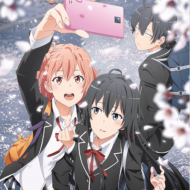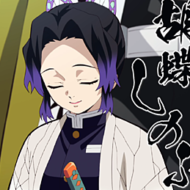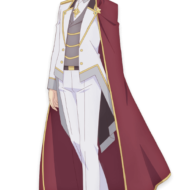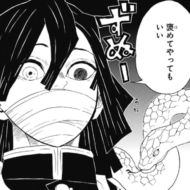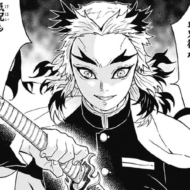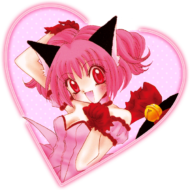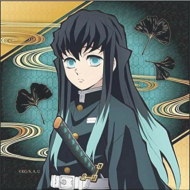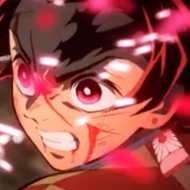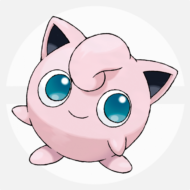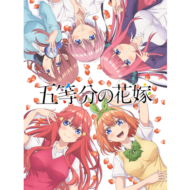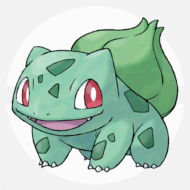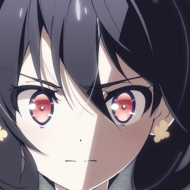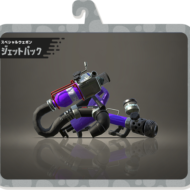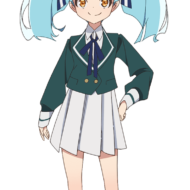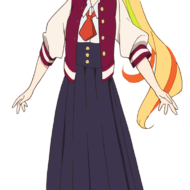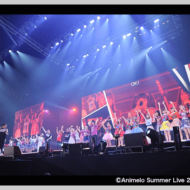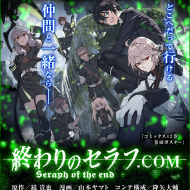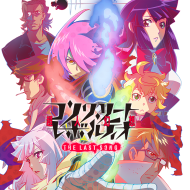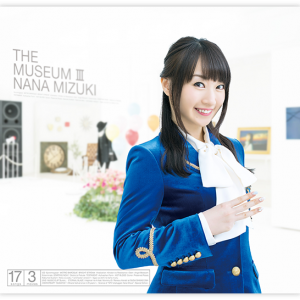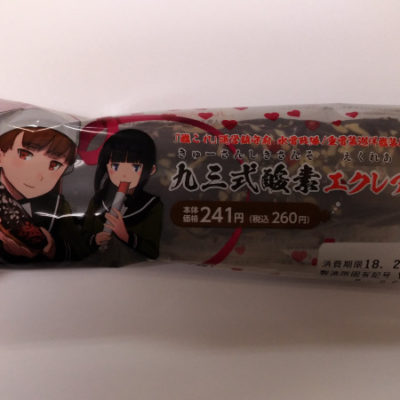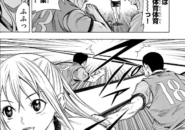出典 : © 山口悟・一迅社/はめふら製作委員会 : TVアニメ『乙女ゲームの破滅フラグしか無い悪役令嬢に転生してしまった…』公式サイト
The villain girl, a new popular genre of narou, has been thoroughly examined, and has become the most energetic “villain girl” that has produced an anime adaptation!
We’ve put together a summary of what the genre is all about and what’s likely to be the new most popular anime adaptation in the future!
Villainous Girl is a derivative genre of inter-world reincarnation/transfer
出典 : Amazon.co.jp
It’s all too well known that there is a huge bias in the genre of web fiction submitted to Let’s Become a Novelist.
Since the big boom in inter-world reincarnation/transference around 2010, most of the works submitted to the site have been in the inter-world reincarnation/transference genre, and this trend hasn’t changed even now in 2020.
However, there is a genre that has been gaining momentum for several years now, and in recent years has matured to the point where it has sent several works to the top of the rankings.
That is the “villain girl”.
The term “villainous daughter” itself has existed for some time, and refers directly to “the daughter who appears as the antagonist of the main character”.
As Cinderella’s stepmother and stepsisters are often used as examples, the character contains elements of “looking down on the protagonist from a superior position”, “the arrogance typical of a young lady”, “tormenting the protagonist with unreasonable demands and an overbearing attitude”, and “a hindrance in the path of love”.
The point is that she uses her parents’ power and financial power to torment the protagonist rather than her own abilities, for example, in “Ace. Go for it! Mrs. Butterfly in “The Butterfly Lady” does not fall into this category.
A high-handed and sarcastic antagonist girl” may sound like a temptress, but surprisingly, there are not many characters that fall into this category.
On the other hand, in the field of light novels for women, “villainous lady” was used before it became popular, such as “Villainous Lady Victoria” and “Villainous Lady’s Tale of the Princess of the Rear Palace”, and it was a term known to female light novel fans.
However, the “villain girl” that is currently creating a boom in the Narou genre is not the same as the classic “villain girl”, but rather a story with a villain girl as the main character or arch-enemy.
In general, the term “villain girl” refers to novels that have the setting of “the main character enters another world like a otome game and is reincarnated into a character that originally appears as a villain girl”.
In other words, it is a derivative genre of the otherworldly reincarnation/transference genre.
The world to be reincarnated is not limited to otome games, but also includes shoujo manga and anime.
In short, it is a story set in a world where a villainous young lady appears, and the main character is reincarnated into the villainous young lady and plays an active role.
However, being reincarnated as a villainous daughter does not mean that the main character will become evil.
The fact that she is a villainous daughter is only in the setting, and inside she is a good citizen, and the basis of this genre is “to intervene in the story from the villainous daughter’
Is the “other side of the royal road” and “female point of view” appealing to the villainous daughter?
出典 : © 山口悟・一迅社/はめふら製作委員会 : TVアニメ『乙女ゲームの破滅フラグしか無い悪役令嬢に転生してしまった…』公式サイト
The reason why the otherworldly reincarnation/transference genre has attracted so many people is because of the underdog effect caused by the “upswing” and “upward mobility” of the main character, who has led an ordinary life in the original world and is now active in a different world, as well as the reinforcement of identification through the “sense of familiarity” and “affinity” created by bringing modern knowledge directly into another world.
Stories in which the weak and disadvantaged become strong and are highly valued by the people around them are an ironclad genre along with “good and evil”.
By adding elements that you can enjoy as something familiar to you or that you can identify with, you can get a sense of elation and satisfaction.
In the past, the main character’s growth story was the source of this satisfaction, but since the development of “strength through training and other efforts” has become a formula for the genre, the “reincarnation/transfer to another world”, which is more in line with the present day and allows for fantasy, has become the preferred method of rise to power.
The villainous girl stories are also based on this kind of attraction.
Most of the protagonists before the reincarnation/transfer are hidden nerds and other non-reality characters, and the basic flow of the game is that these characters take advantage of their prior knowledge of the game’s setting and their family’s power and wealth to play an active role in another world.
On the other hand, the main character in most otherworldly reincarnations/transfers is male, whereas the villainous daughter is a definite female protagonist, which is a big difference.
A characteristic of this genre is that it has an overwhelming number of female readers because it is based on the world of an otome game.
There are a certain number of “villainous girl” stories where the author breaks off her engagement to her current fiancé and gets married to a good-looking character, which are very popular, but there may be female readers who associate them with reality.
In addition to that, there is the “antithesis of the development of the royal road” and “a peek behind the scenes of a typical otome game”, which are highlights of this genre.
The villainous daughter in games and manga is often the fiancee of the male character who is the target of the main character’s attack, and in the end the main character defeats her and breaks the engagement.
However, a villainous girl story is a completely different story because the villainous girl gets a good character and the hero’s compensation.
What happens when a female protagonist who is popular with the opposite sex takes a supporting role?
Like this, a villainous girl story has the same appeal as the traditional otherworldly reincarnation/transference story, but it has a completely different appeal.
Therefore, although it is a “female version of the otherworldly reincarnation/transference”, it is not easy to dismiss it as such.



